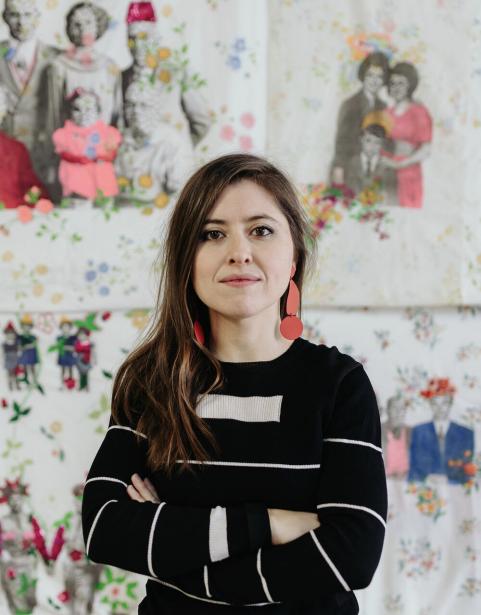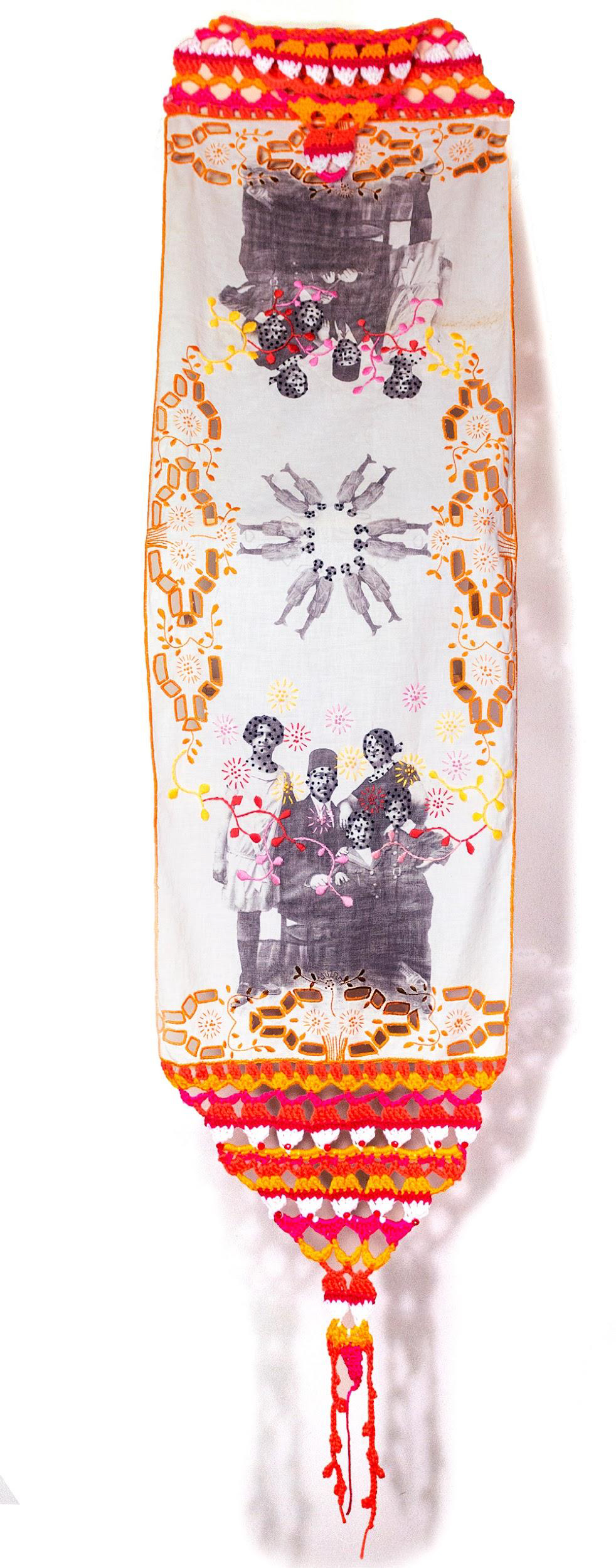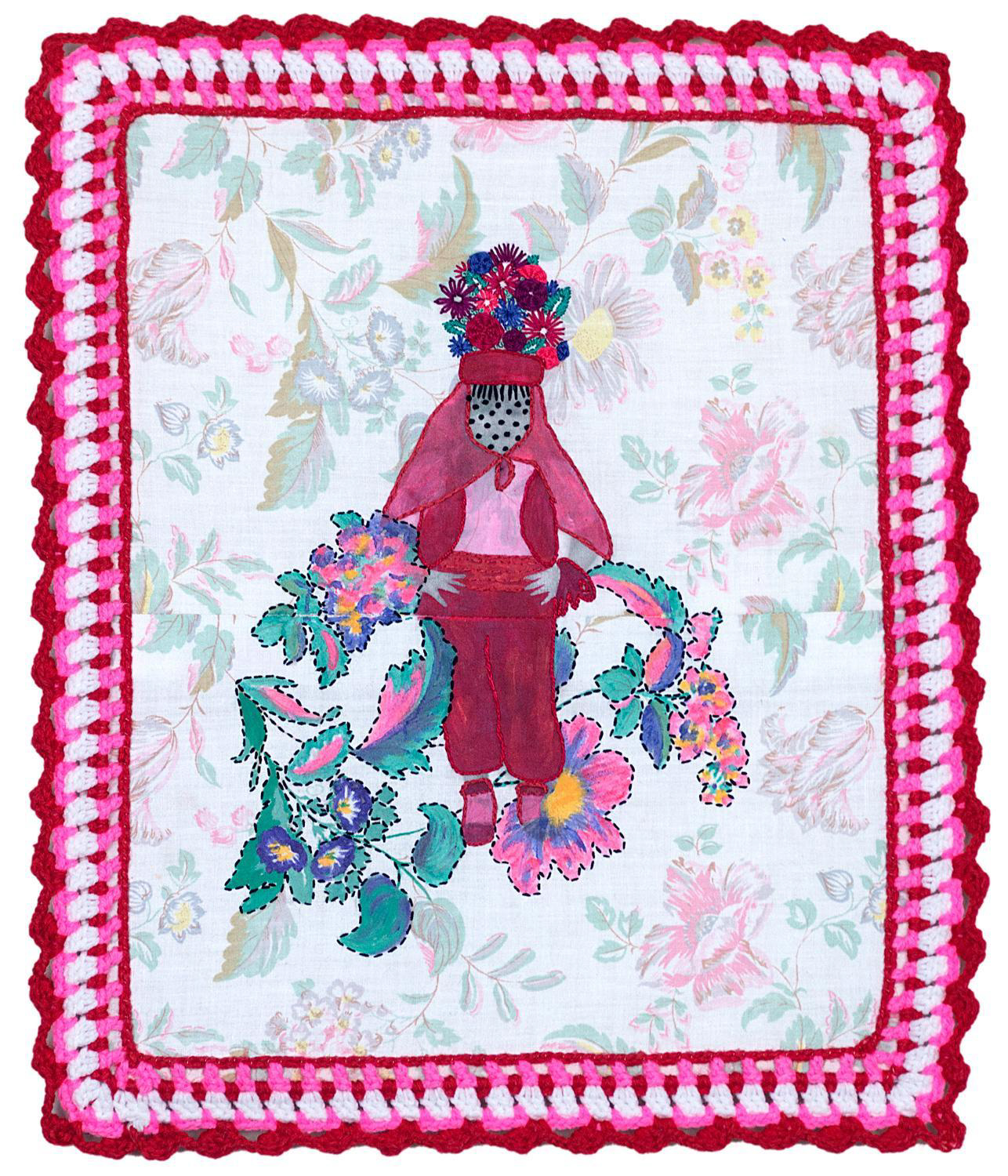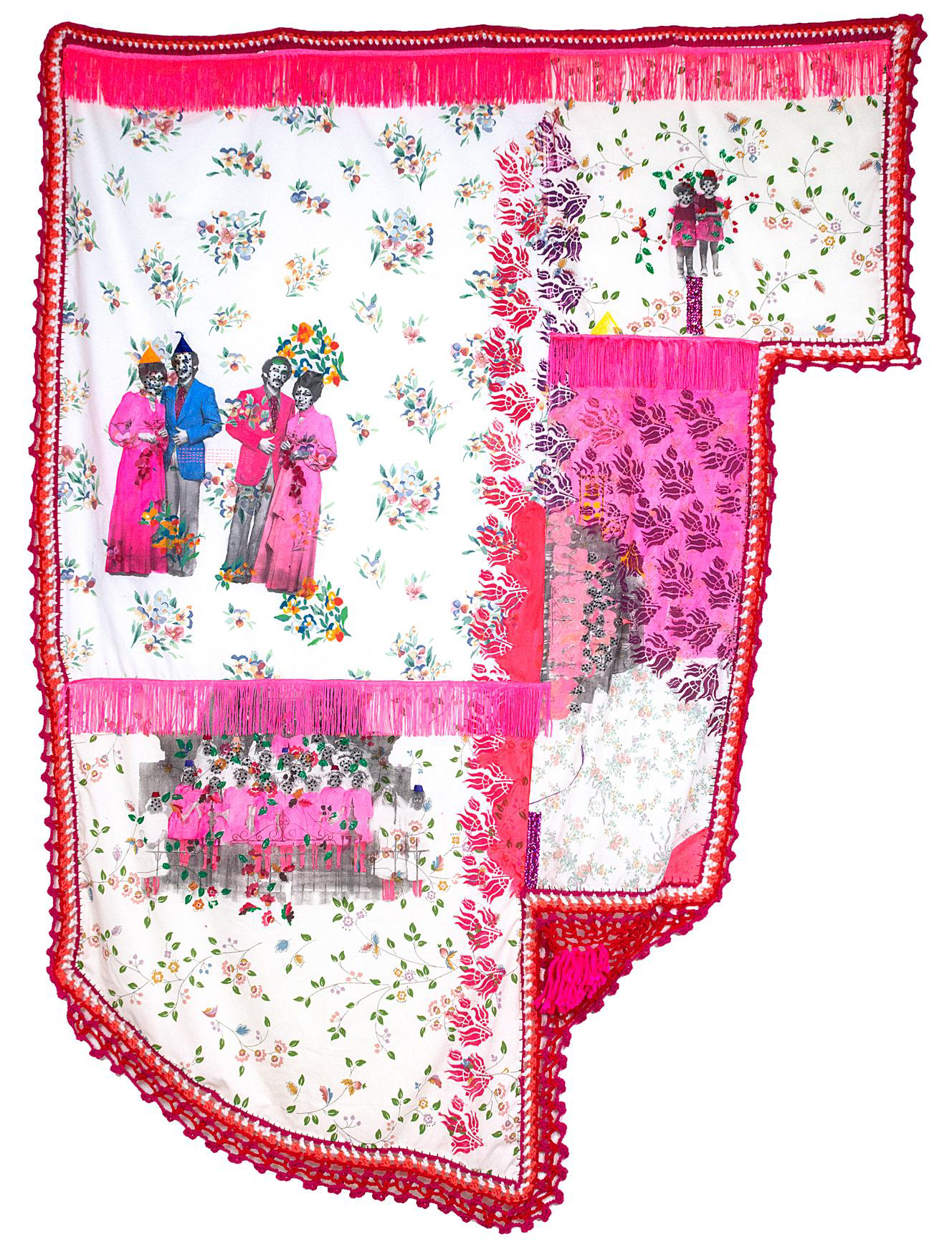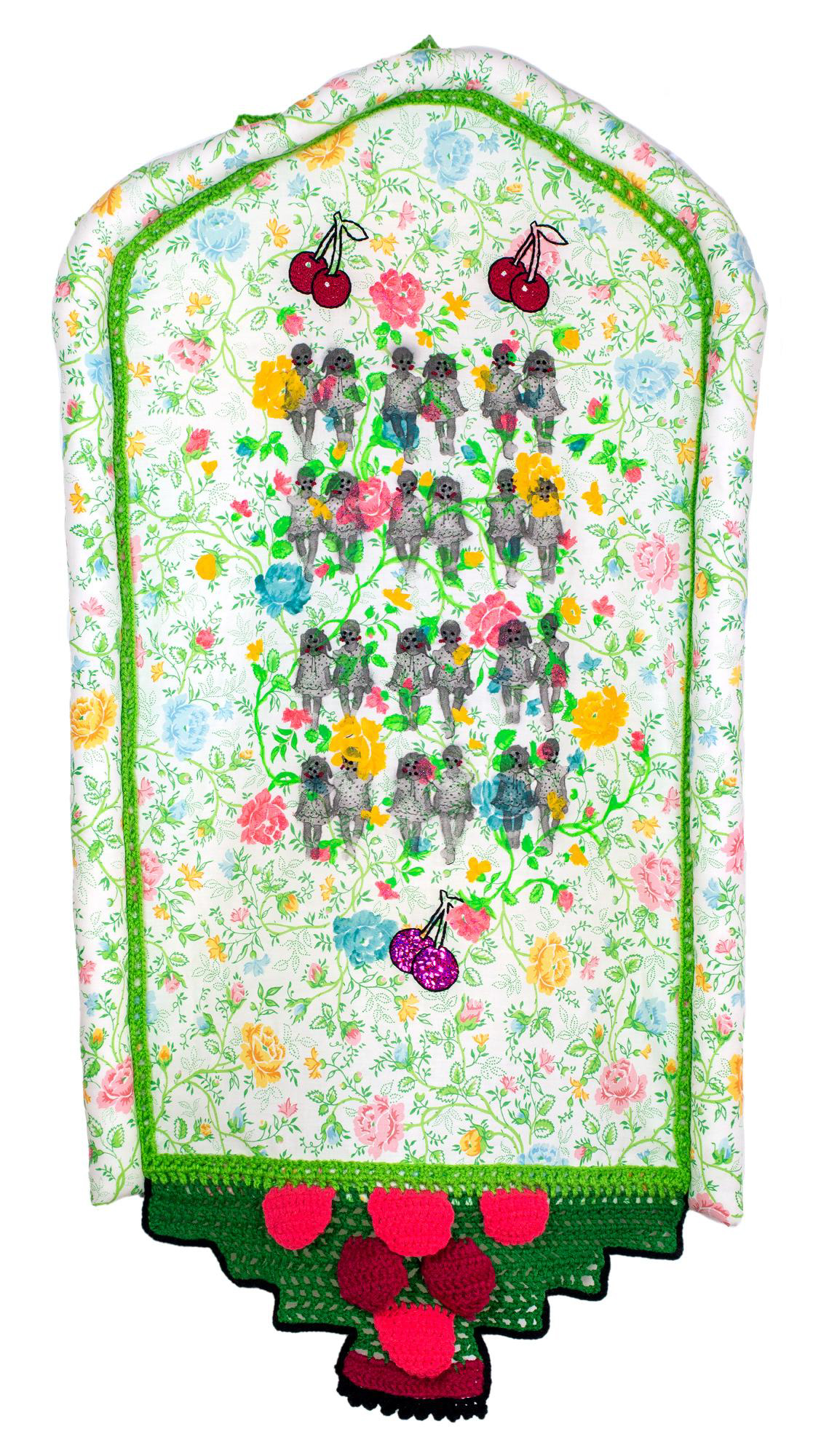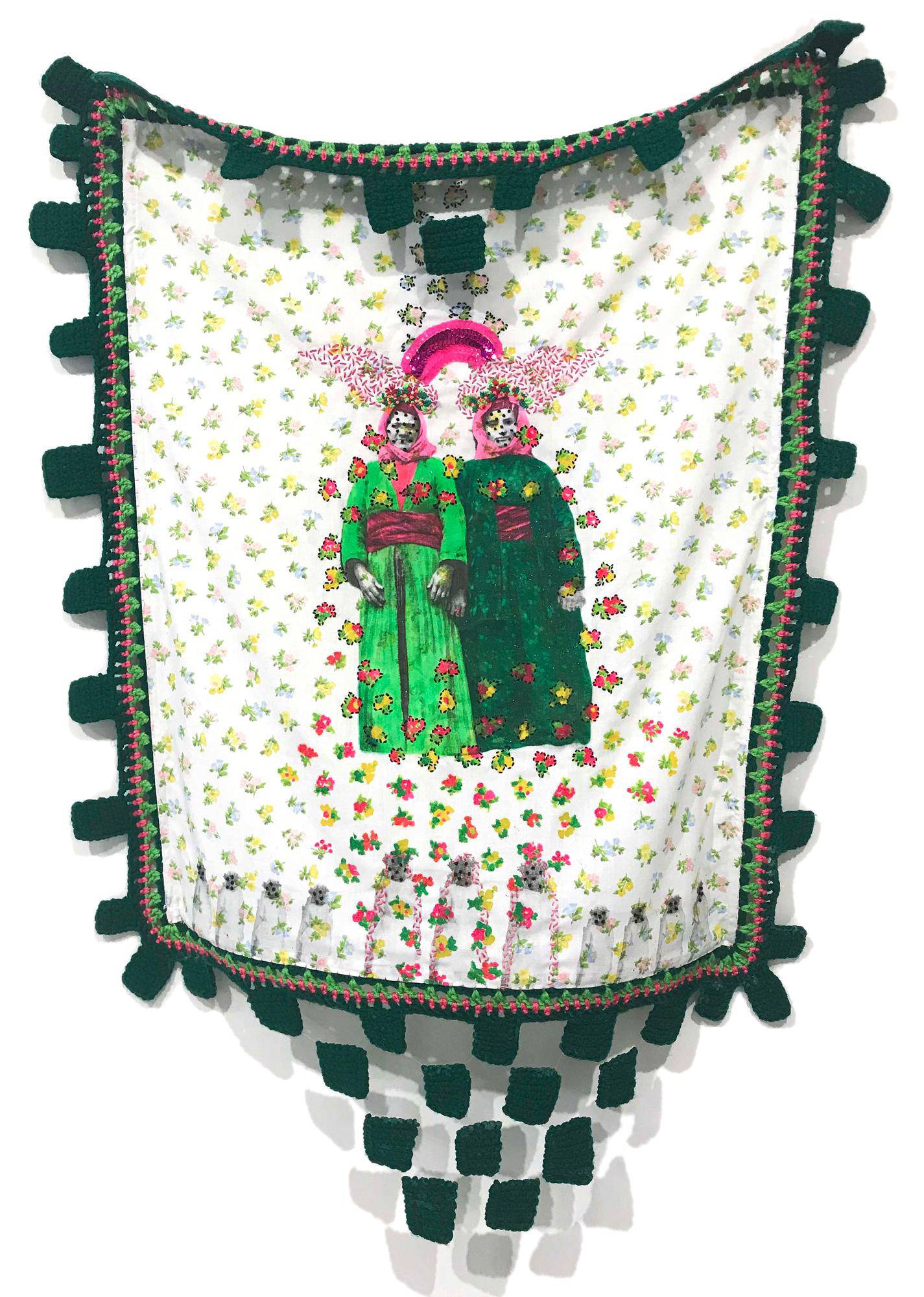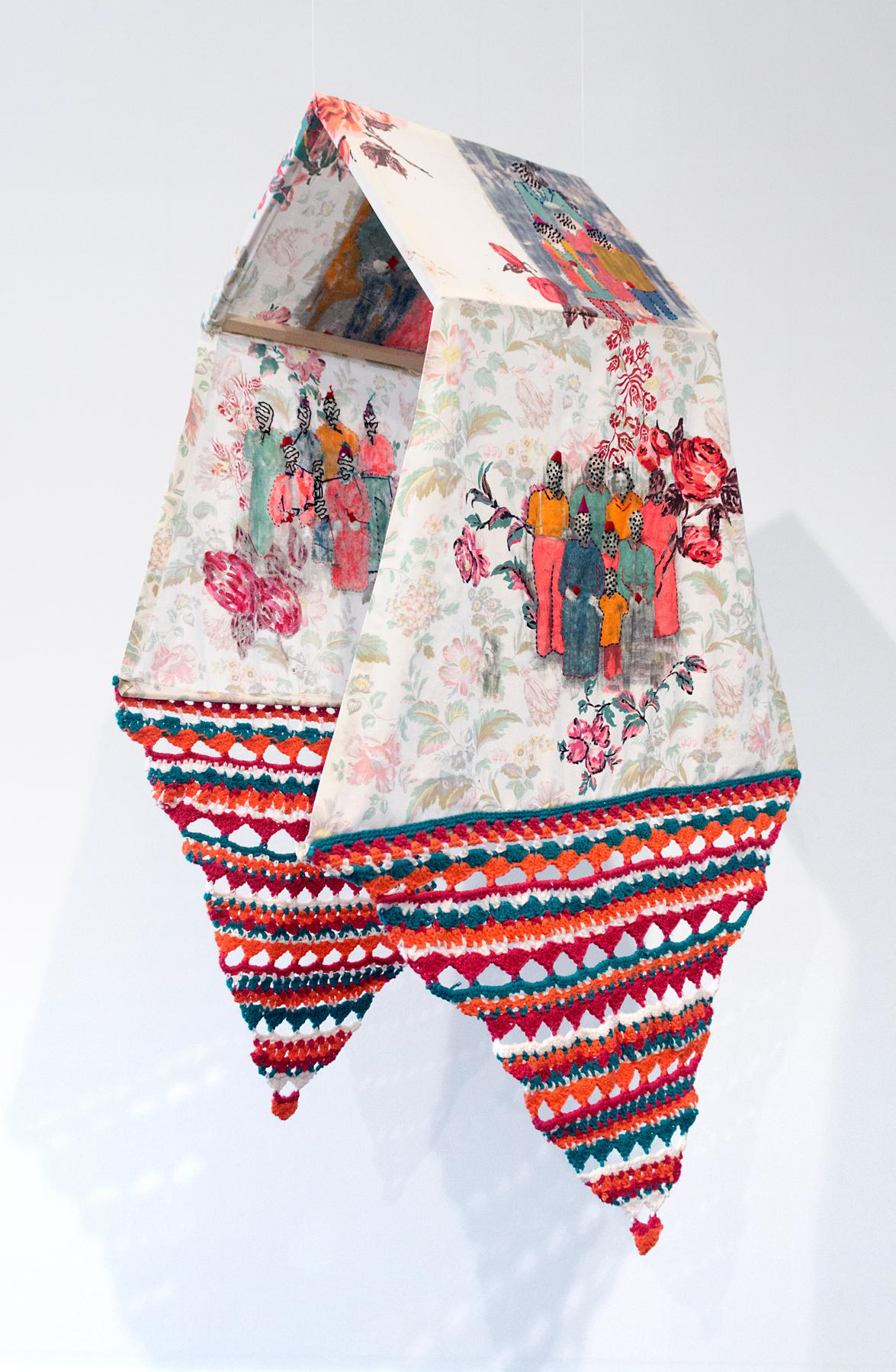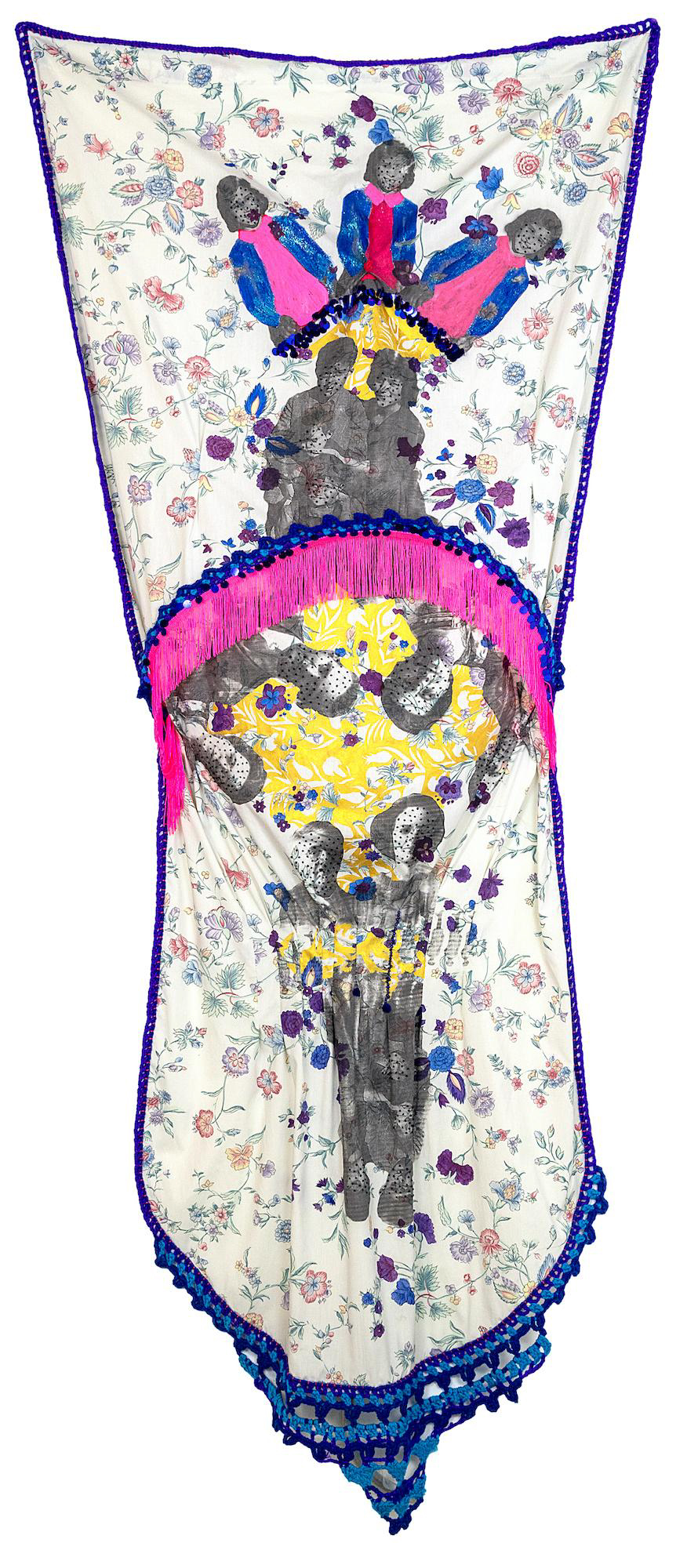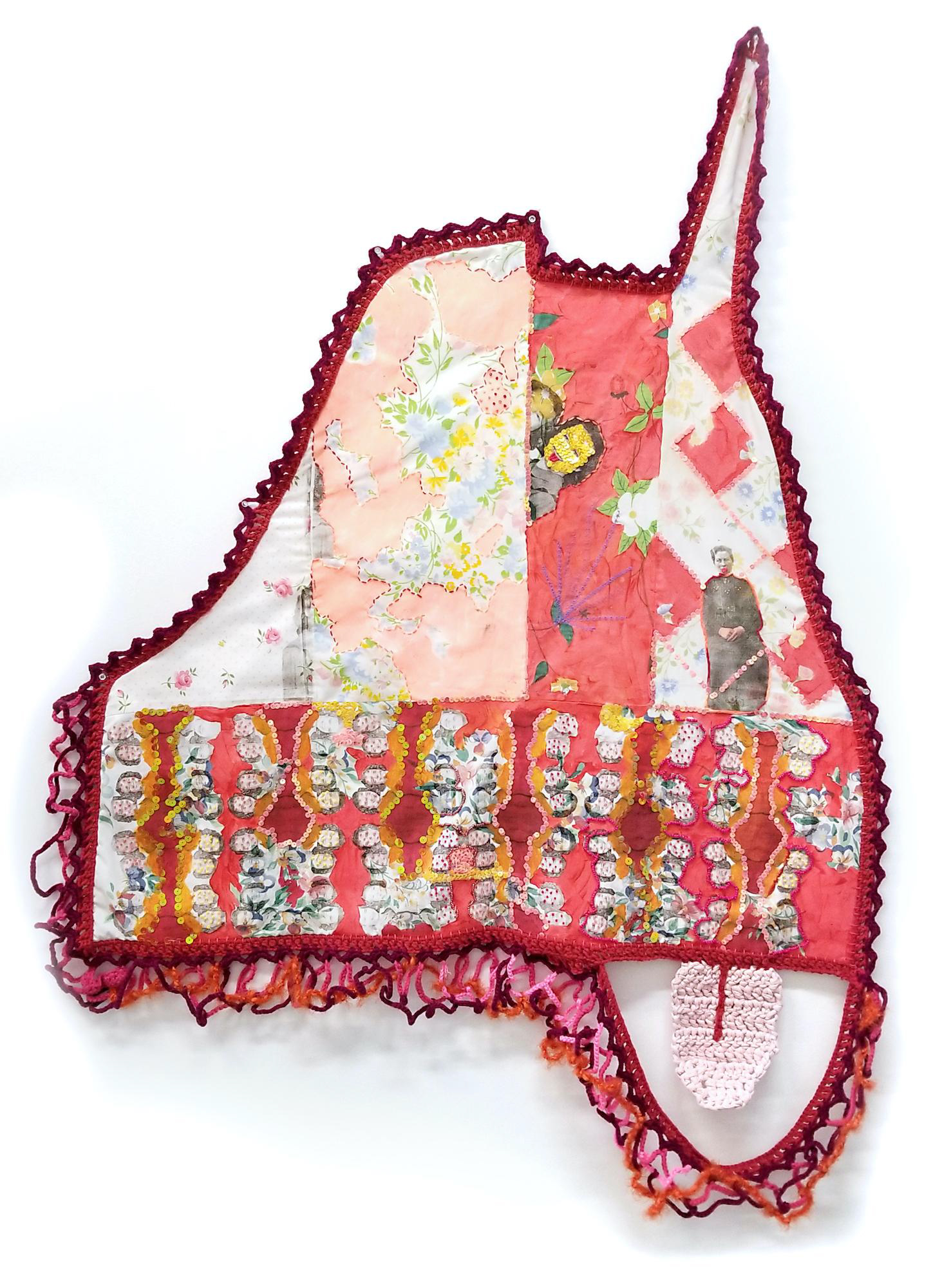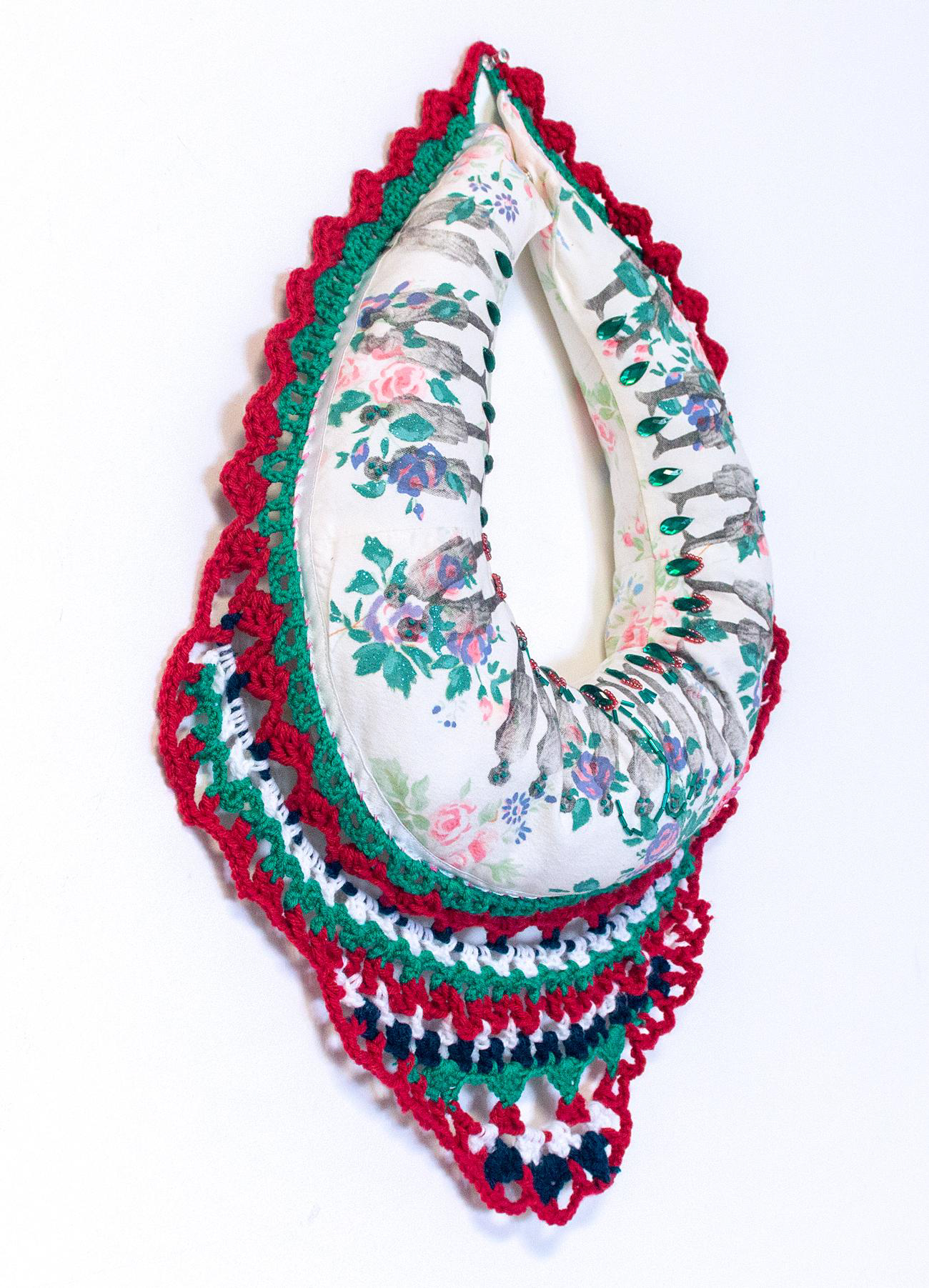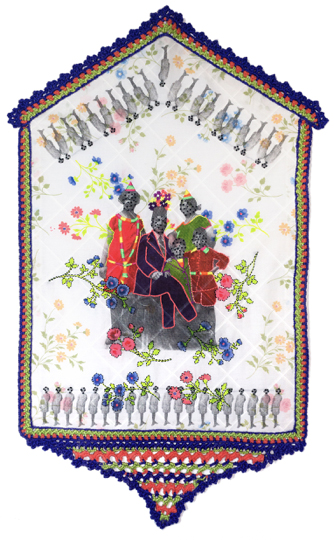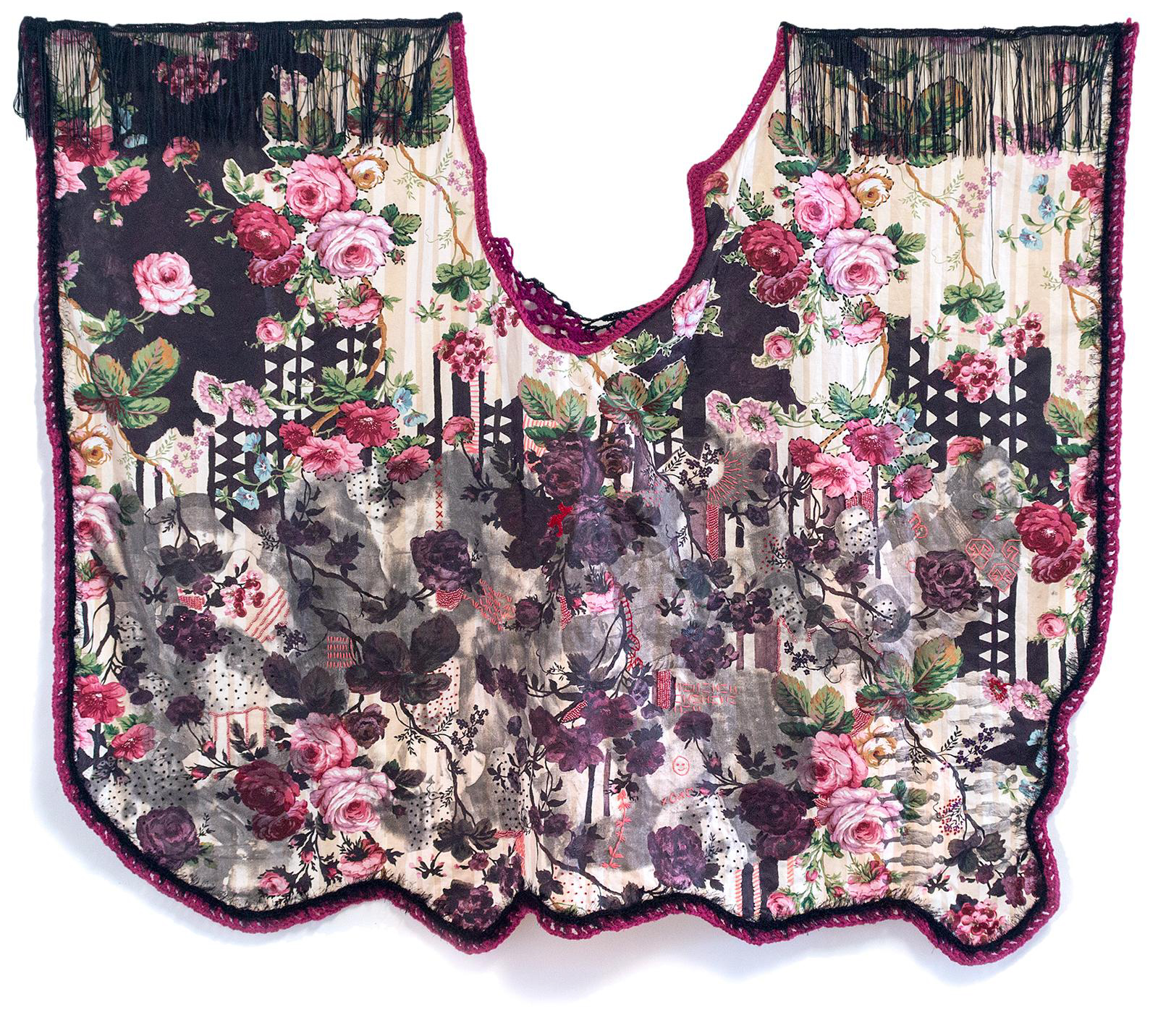Biography
Hale Ekinci (b. 1984 in Karamursel, Turkey) is a multidisciplinary Turkish artist, designer, and educator based in Chicago. She received her MFA in Interdisciplinary Arts & Media at Columbia College Chicago and is currently an Associate Professor of Art & Design at North Central College. Exploring personal history, cultural identity, gender politics, and craft traditions, her works vary from videos to embroidery paintings embellished with vibrant colors, patterns, and autobiographical relics. She was recently a Facebook Chicago Artist in Resident. Her work has been exhibited nationally at EXPO Chicago, Studio Gang, Co-Prosperity, One After 909, Woman Made Gallery, South Bend Museum of Art, Koehnline Museum of Art, St. Louis Artists’ Guild, and Queens College Art Center. Her videos have been screened internationally, including New York City, Berlin, Warsaw, and Jerusalem. She completed residencies at ACRE, Jiwar Barcelona, Momentum Worldwide Berlin, Elsewhere Museum, and Chicago Artist Coalition.
Statement
Collaging together fiber techniques, found textiles, and photographs from family archives, my work explores phases of acculturation, immigrant identity, and ideas about gendered labor. Decorative fringes are influenced by Turkish oya (lace edging on a headdress) and its use of symbolic patterns that serve as a secret language between women to express private, personal sentiments. Adopting these methods of embellishment and encoding, I create intercultural portraits framed with oya on floral bedsheets. The transferred images of people get repeated or turned into patterns themselves, to intertwine the “individual” into “collectives” that form multiple personalities. I then layer embroidery and painting to obscure their identities. The used domestic fabrics hold personal and bodily history invoking feelings of home and intimacy. By utilizing found materials and fiber crafts, I also question the value and worth assigned to materials and women’s work. The draped fabrics are framed with colorful crochet, where I crudely mimic traditional oya styles or devise new motifs like the “green card” edging reflecting my contemporary reality within the coding. Similarly, my use of Islamic ornamentation juxtaposed with portraiture is a subversive strategy. Seeming as mere beautification, ornamentation can actually trigger tension between the focal point and the motifs by teasing us in our vision’s periphery and overwhelm the figure it initially sets out to embellish. This echoes the different strategies of acculturation: integration, separation from, assimilation to, and social marginalization. Mimicking this ploy, the ornament and the figure perpetually displace each other as the core of identity and the other.

